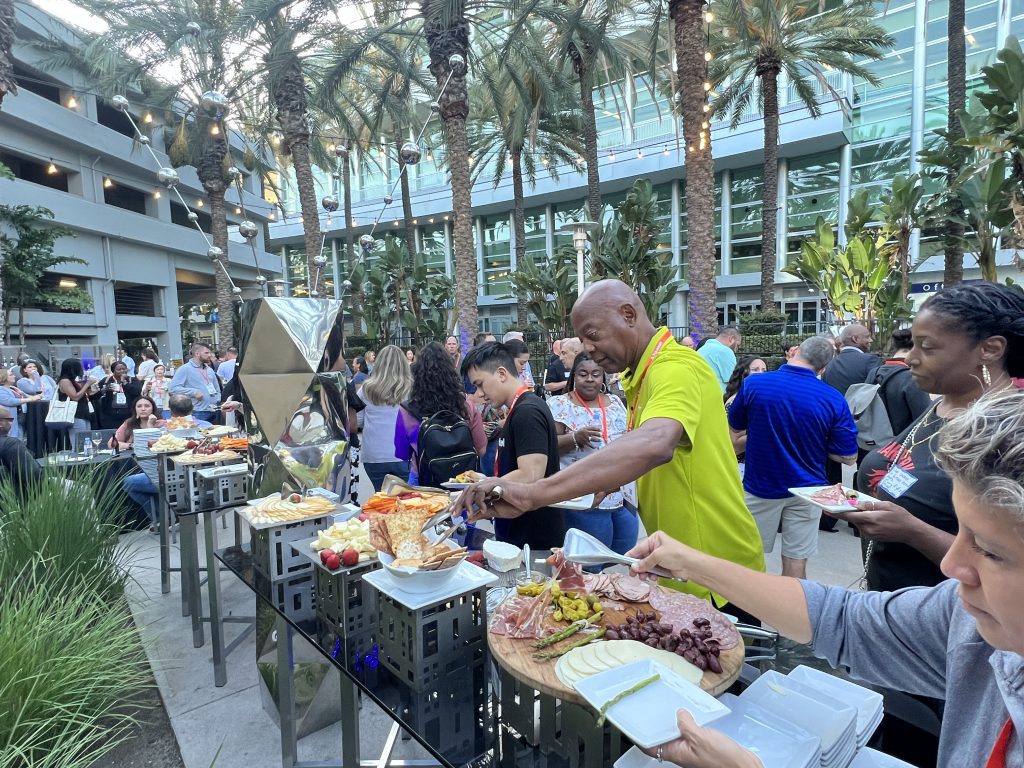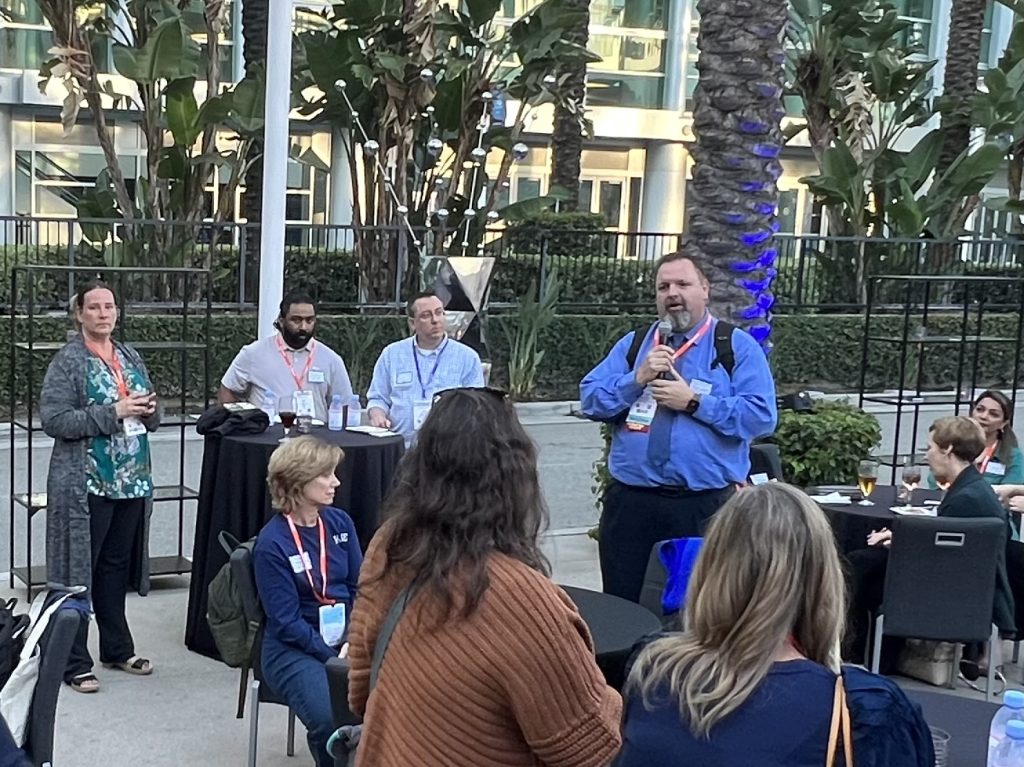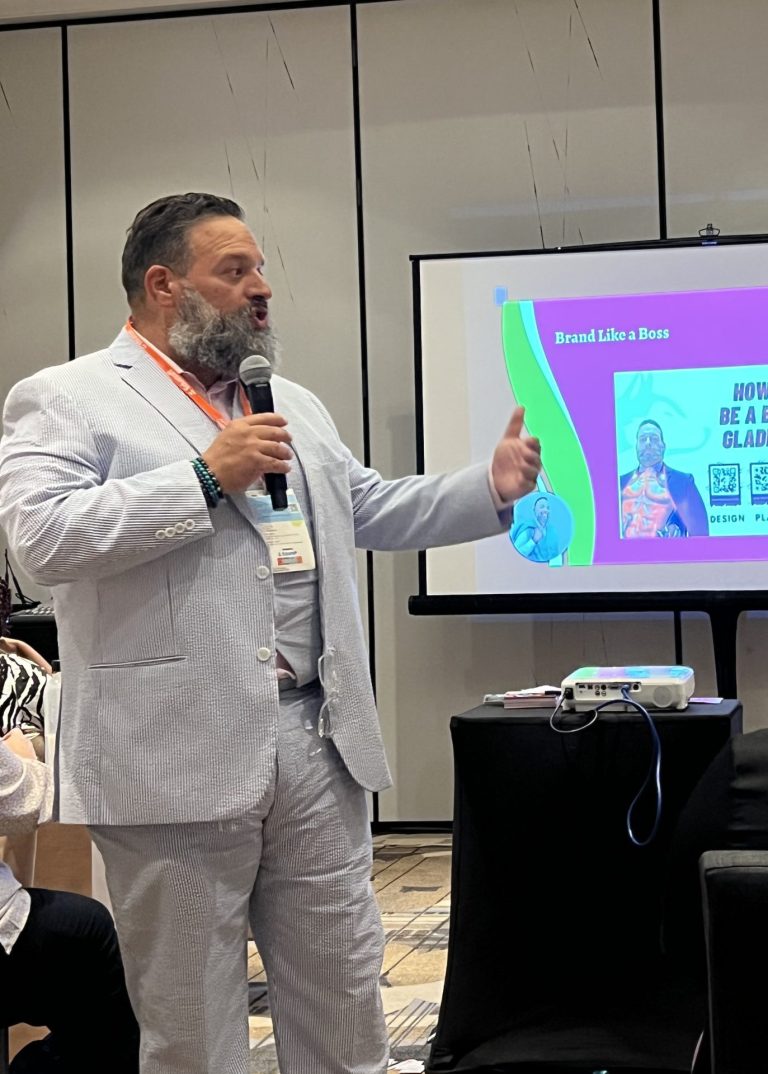Molly is the liaison between education leaders and the agency, connecting the K-12 community with services designed to accelerate performance and market position. She leads content and partner engagement strategy and is a frequent conference presenter and podcast/blog guest. Molly likes to push it to the limit, and races competitively in Obstacle Course Races on the weekends.









